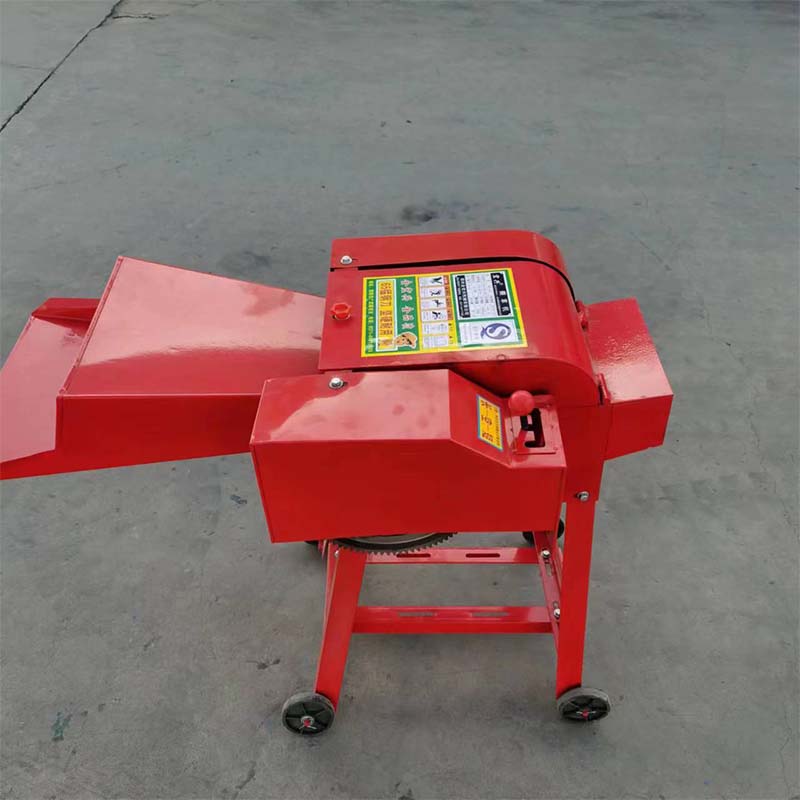Cage Systems for Layer Chickens in Poultry Farming Practices
Nov . 27, 2024 23:32 Back to list
Cage Systems for Layer Chickens in Poultry Farming Practices
The Role of Poultry Cage Systems in Layer Chicken Production
Poultry farming has undergone significant transformations over the years, especially in the production of layer chickens, which are specifically bred for egg production. Among the various farming methods, poultry cage systems have emerged as a prevalent choice due to their efficiency, productivity, and management benefits. This article explores the anatomy of poultry cage systems, their advantages and challenges, and their impact on the layer chicken industry.
Understanding Poultry Cage Systems
Poultry cage systems are structured environments where layer chickens are housed in individual cages, enabling close monitoring and management of each bird. These systems can vary from small, traditional setups to large, industrial-scale operations that house thousands of birds. The most common types of cage systems include battery cages, enriched cages, and colony cages.
Battery cages are the traditional form of housing in which several hens share a tight space with limited movement. This system maximizes space efficiency but raises animal welfare concerns. On the other hand, enriched cages provide a larger area per bird, along with amenities such as nesting boxes and perches, allowing for more natural behaviors. Colony cages take it a step further by allowing groups of hens to live together, promoting social interactions while still maintaining management efficiency.
Advantages of Cage Systems
1. Space Efficiency Poultry cage systems allow a significant number of chickens to be raised in a relatively small area, optimizing land use and resources. This density can lead to higher productivity per square foot compared to free-range systems.
2. Disease Control Caged systems can simplify biosecurity measures. With less direct contact with wild birds and easier sanitation procedures, the risk of disease outbreaks can be more effectively managed.
3. Feed and Water Management Automatic feeding and watering systems are often integrated into cage systems, ensuring that each chicken receives adequate nutrition and hydration at all times. This leads to improved feed conversion ratios and overall productivity.
poultry cage layer chicken

4. Egg Production Monitoring Individual cages facilitate monitoring of each hen’s egg production, allowing farmers to identify issues quickly and make timely interventions if needed.
5. Labor Efficiency Managing flocks in a caged environment often requires fewer labor hours compared to traditional systems. This efficiency can lead to cost savings and allow farmers to allocate resources more effectively.
Challenges of Cage Systems
Despite their benefits, poultry cage systems are not without controversy. One of the primary concerns is animal welfare. Critics argue that confinement in cages restricts natural behaviors and can lead to stress and health problems in chickens. The public perception of battery cages, in particular, has prompted legislation and consumer demand for more humane farming practices.
As a response, many poultry operations are transitioning to enriched or cage-free systems. While these alternatives promote better welfare by providing more space and the ability for birds to exhibit natural behaviors, they often come with higher production costs and may impact the overall supply of eggs.
Another challenge arises from the need for modernization in cage systems. Aging infrastructure can lead to inefficiencies and increased maintenance costs. Producers must also keep pace with technology advancements, such as automatic egg collection and environmental control systems, to maintain competitiveness.
The Future of Layer Chicken Production
The poultry industry is at a crossroads as it grapples with issues of sustainability, animal welfare, and consumer preferences. Innovations in cage design and management practices are continuously being developed to address these challenges. The shift towards more humane production systems may require careful consideration of the economic implications for farmers while ensuring that egg supply meets growing demand.
In conclusion, poultry cage systems play a crucial role in layer chicken production, offering numerous advantages in efficiency and management. However, the industry must evolve to balance productivity with animal welfare and adapt to changing consumer expectations. By doing so, it can continue to thrive while meeting the challenges of modern agriculture.
-
Hot Sale 24 & 18 Door Rabbit Cages - Premium Breeding Solutions
NewsJul.25,2025
-
Automatic Feeding Line System Pan Feeder Nipple Drinker - Anping County Yize Metal Products Co., Ltd.
NewsJul.21,2025
-
Automatic Feeding Line System Pan Feeder Nipple Drinker - Anping County Yize Metal Products Co., Ltd.
NewsJul.21,2025
-
Automatic Feeding Line System - Anping Yize | Precision & Nipple
NewsJul.21,2025
-
Automatic Feeding Line System - Anping Yize | Precision & Nipple
NewsJul.21,2025
-
Automatic Feeding Line System-Anping County Yize Metal Products Co., Ltd.|Efficient Feed Distribution&Customized Animal Farming Solutions
NewsJul.21,2025






